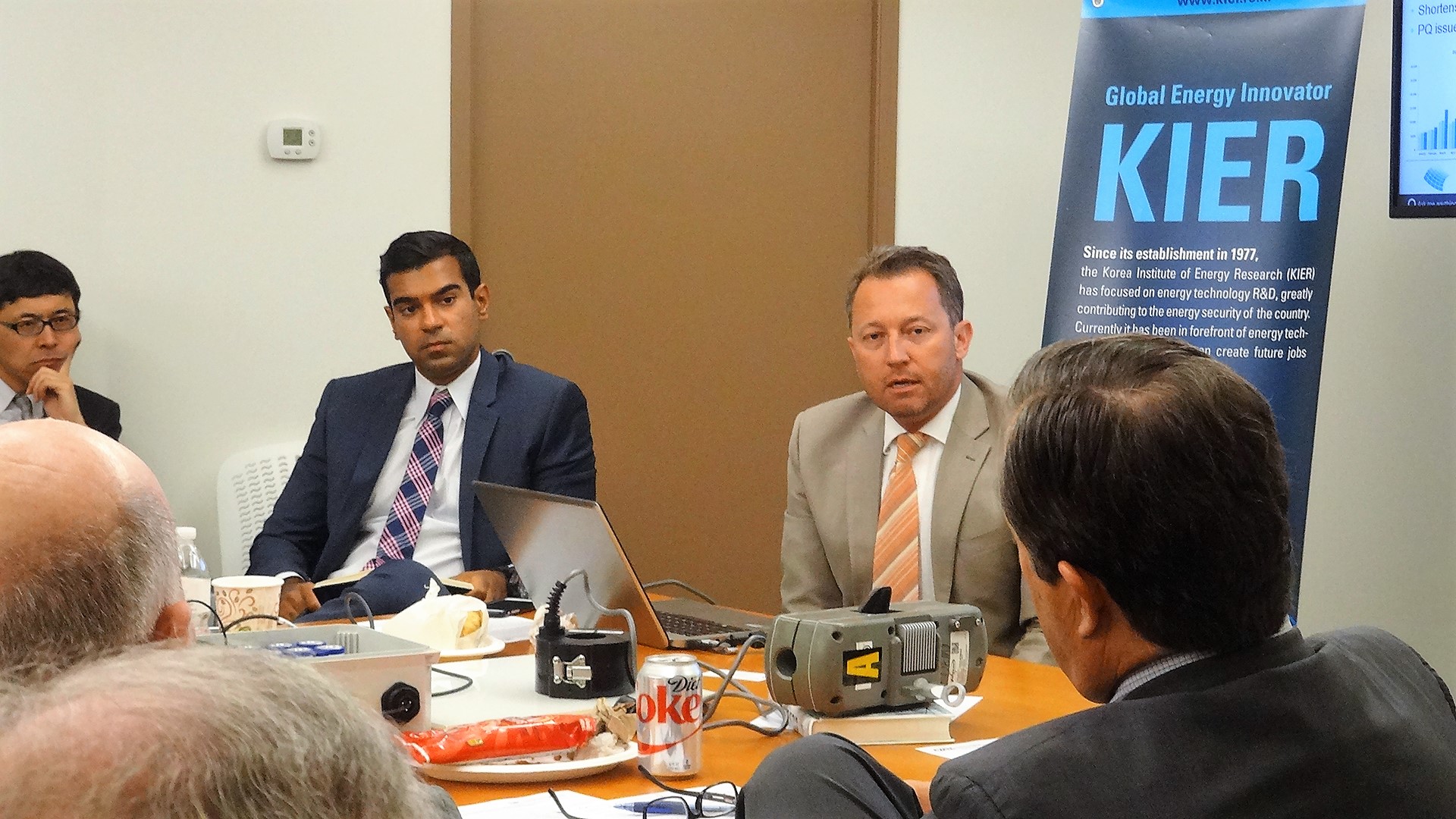The US electric grid is an essential and central piece to the country’s critical infrastructure through its crucial role in distributing reliable power to residences, workplaces, public spaces, health and safety facilities, and factories throughout the nation. However, the grid was designed and built around technologies and business models that are changing. Modernizing the grid is vital for further integration of distributed energy resources and the development of more efficient wholesale markets, which will continue to lower electricity costs and fuel US competitiveness. Grid infrastructure can be viewed as a service by considering its contribution to human welfare and how to obtain this value. Distributed energy storage, grid support, peak demand management, and renewable energy integration are all services that can create enabling markets to improve grid infrastructure. Grid modernization will also bolster reliability by making the grid more secure and resilient to severe weather events and aging. Communicating line sensors are critical to improving resiliency and reducing outage times. Because the economic costs and losses associated with power outages can be significant, investing in communicating line sensors and other smart technology to modernize the distribution network of grids can be a valuable investment that could save billions of dollars.







